Are you ready to dive into the heart of German cuisine? Authentic German goulash is a rich, flavorful dish that warms both the body and soul. In this article, I’ll share the secret ingredients, easy cooking methods, and tips to elevate your goulash game. Whether you’re a beginner or a seasoned cook, you’ll learn how to create this beloved dish while exploring its history and variations. Let’s get started!
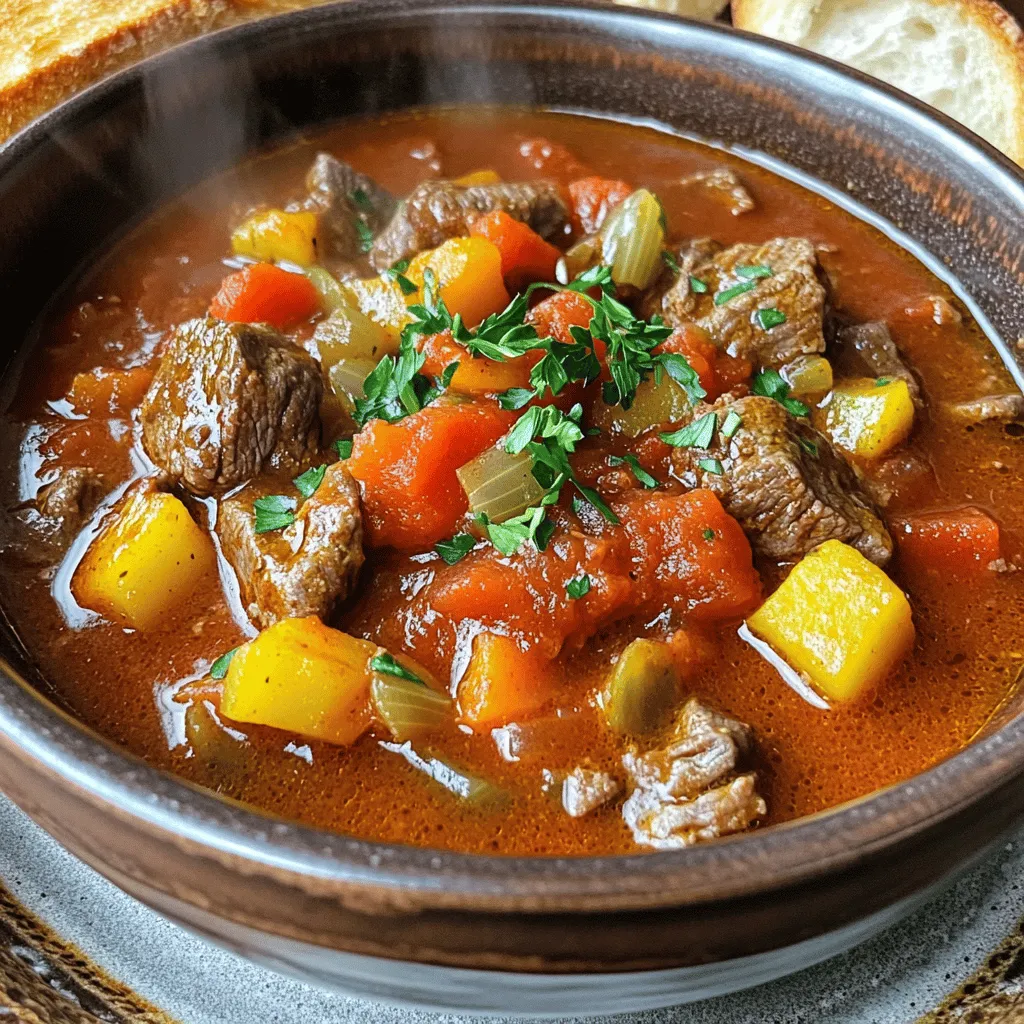
What are the Key Ingredients for Authentic German Goulash?
Authentic German goulash needs a few key ingredients. First, you must choose the right meat. I recommend using beef chuck. This cut has fat and flavor. You want it cut into 1-inch cubes for even cooking.
Next, let’s talk about spices. Sweet Hungarian paprika is a must. It gives goulash its rich color and taste. Caraway seeds add a warm, earthy flavor. Ground cumin rounds out the spice mix and enhances the dish.
Now, consider the vegetables. Onions are the base of the flavor. They should be finely chopped. Garlic adds a strong aroma and taste. Carrots and bell peppers bring sweetness and color. Use two medium carrots and one bell pepper, diced, for the best results.
For liquid, beef broth is essential. It keeps the goulash moist and flavorful. Diced tomatoes provide acidity and balance. Finally, don’t forget the tomato paste for thickness.
With these traditional German goulash ingredients, your dish will shine.
How Do You Prepare Authentic German Goulash?
To make German goulash, you start with beef chuck. Cut it into 1-inch cubes. This meat is perfect because it becomes tender when cooked slowly. Next, heat vegetable oil in a large pot over medium heat. Add the beef in batches and brown it on all sides. This step adds great flavor.
Once browned, remove the beef and set it aside. In the same pot, add finely chopped onions. Sauté them until they are soft, about five minutes. Then, stir in minced garlic and cook for one more minute. The aroma will fill your kitchen!
Now, add diced carrots and bell peppers. Sauté these for three to four minutes until they start to soften. Sprinkle sweet Hungarian paprika, caraway seeds, and ground cumin over the vegetables. Stir to coat them well and cook for two minutes. This is where the magic begins!
Return the browned beef to the pot. Pour in beef broth, diced tomatoes with juices, and tomato paste. Add bay leaves, salt, and pepper. Stir everything together. Bring the mixture to a boil, then reduce the heat to low. Cover and let it simmer gently for one and a half to two hours. This slow cooking makes the beef very tender. Remember to stir occasionally and adjust the seasoning.
When it’s done, remove the bay leaves. If your goulash is too thick, add a bit more broth to thin it out. Serve hot in deep bowls, garnished with chopped parsley. I love pairing it with crusty bread or buttery egg noodles.
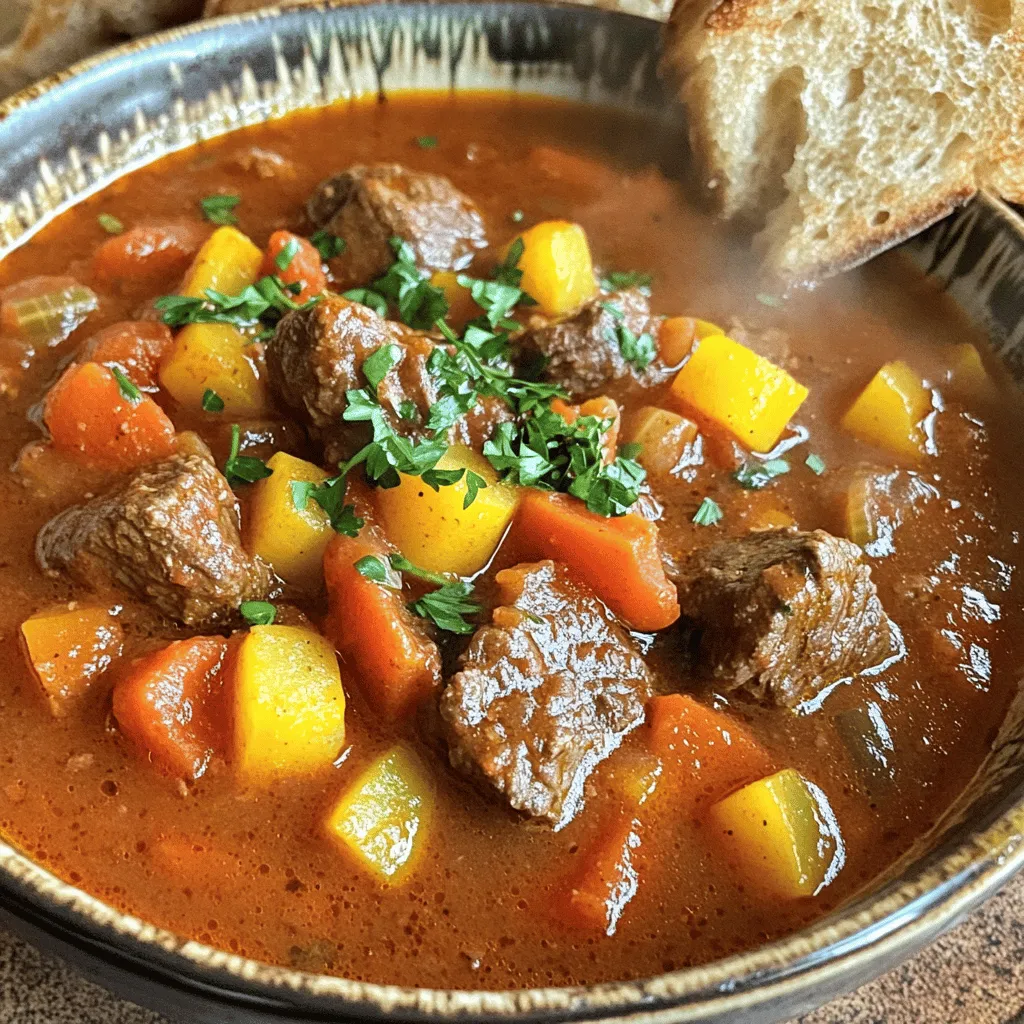
What Tips Can Enhance the Flavor of Your Goulash?
To make your goulash truly shine, focus on a few key tips. Start by using high-quality beef. Beef chuck works best due to its rich flavor and tenderness when cooked. Next, don’t skip on the spices. Sweet Hungarian paprika is essential. It gives goulash its signature taste and beautiful color.
How do you thicken goulash for a heartier texture?
You can thicken your goulash by adding a slurry of flour and water. Mix one tablespoon of flour with two tablespoons of cold water. Stir this into the goulash during the last 30 minutes of cooking. Another great option is to blend some of the vegetables. Simply take a portion of the goulash and blend it until smooth. Then return it to the pot. This adds body and richness to the dish.
What are some common mistakes to avoid during cooking?
One common mistake is not browning the meat enough. This step adds depth and flavor. Make sure to brown the beef in batches to avoid steaming. Also, be careful not to rush the simmering process. Slow cooking allows flavors to meld beautifully. Lastly, don’t forget to taste as you go. Adjust seasonings to make the dish perfect.
How can you adapt the recipe for dietary restrictions?
If you need a gluten-free option, use cornstarch instead of flour for thickening. You can also replace beef with turkey or chicken for a lighter dish. If you’re vegetarian, use mushrooms instead of meat. They provide a hearty texture and umami flavor. For a vegan option, use vegetable broth and add lentils for protein. These swaps keep the spirit of goulash while meeting dietary needs.
What Are the Variations of German Goulash?
German goulash has many tasty variations. Each one brings a unique twist to the classic dish.
How does Hungarian goulash differ from German goulash?
Hungarian goulash often uses more paprika and has a soup-like texture. German goulash is thicker and focuses on meat and veggies. The spices in German goulash include caraway seeds and cumin. These add depth and warmth to the flavor.
What are some creative variations for seasonal ingredients?
You can change the veggies based on the season. In spring, add asparagus or peas. In fall, use mushrooms and squash. Each season brings fresh tastes to your goulash. You can also switch up the meat. Try pork or chicken for a different flavor.
Which goulash recipes can be adapted for vegetarian or vegan diets?
For vegan German goulash, use hearty vegetables and plant-based proteins. You can replace beef with lentils or chickpeas. Use vegetable broth instead of beef broth. Add more beans and potatoes for a filling meal. This way, everyone can enjoy goulash.
Authentic German goulash is a great base for many variations. Whether you prefer meat or plant-based options, there’s a recipe for you. Explore the flavors and enjoy this hearty dish!
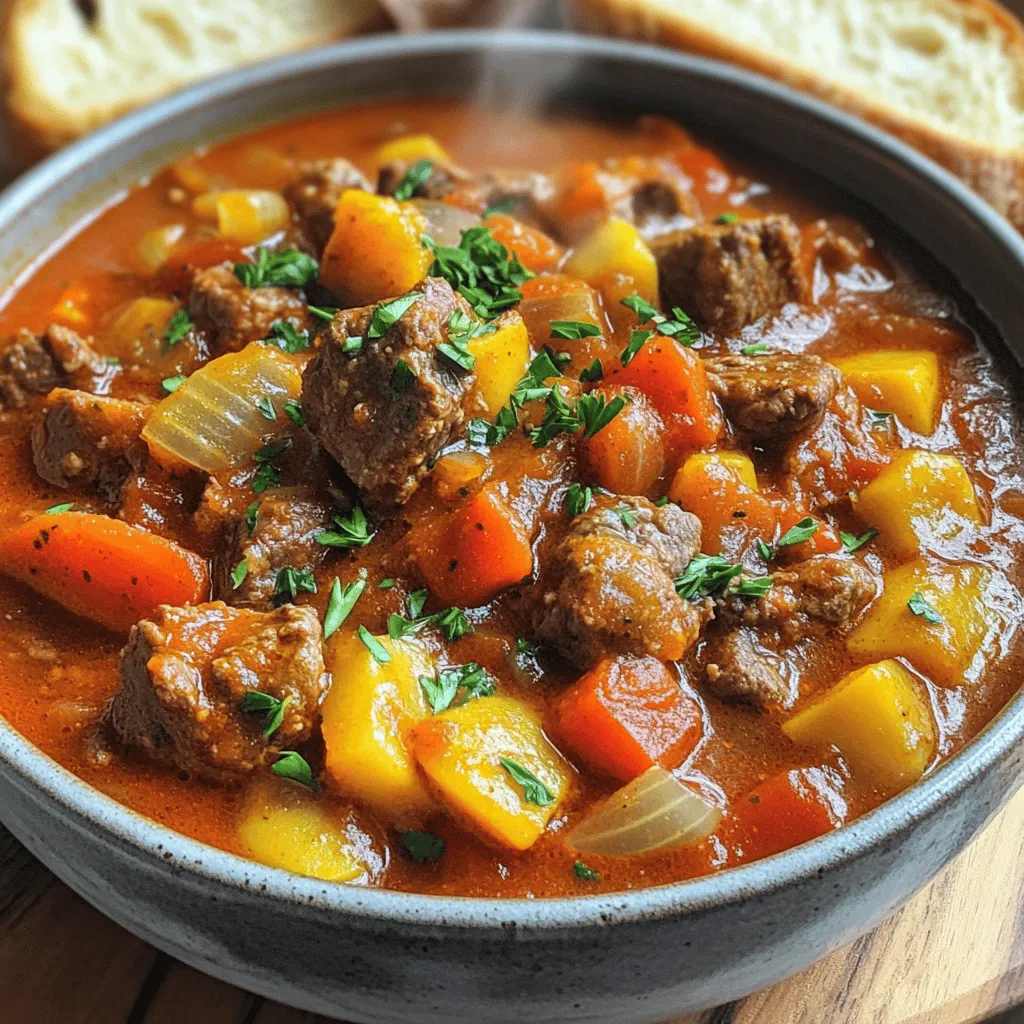
How is Goulash Traditionally Served?
Goulash is a warm and filling dish. It is perfect for sharing with family and friends. You can serve goulash in deep bowls. This makes it easy to enjoy the rich flavors. Garnish with chopped parsley for a fresh touch.
What side dishes complement German goulash the best?
Several side dishes pair well with German goulash. One classic choice is crusty bread. It helps soak up the tasty sauce. Another great option is egg noodles. Their soft texture balances the hearty goulash. You can also serve it with boiled potatoes or a simple green salad. These sides add freshness and crunch.
How can you present goulash for special occasions?
For special events, presentation matters. Use wide, shallow bowls to show off the goulash. You can also add a dollop of sour cream on top. This adds a creamy texture and a nice contrast. Sprinkle extra parsley or even paprika for color. Serve with good quality wine to elevate the meal.
What are some family-friendly meal ideas featuring goulash?
Goulash is a hit with families. You can serve it as a main dish with bread or noodles. For a fun twist, use goulash as a filling for baked potatoes. Kids love the mix of flavors and textures. Another idea is to make goulash soup. Just add more broth and serve it in mugs. This makes it fun and easy to eat for little ones. Enjoy these meal ideas as you gather around the table!
What is the History and Cultural Significance of Goulash?
Goulash has a rich history that dates back to the 9th century. It began in Hungary as a simple stew for shepherds. Over time, it spread to other countries, including Germany. The history of German goulash shows how it evolved into a beloved dish.
Goulash and its cultural roots are deep. Each country adds its twist, but the core remains the same. In Germany, goulash often uses beef, paprika, and hearty vegetables. German cuisine embraces goulash as a comfort food. It brings families together for meals. This dish is not just about taste; it tells a story of tradition.
Goulash in German cuisine holds a special place. It is often served at gatherings and celebrations. The warm, hearty nature of goulash makes it ideal for cold days. Many families have their own secret recipes passed down through generations.
Goulash festivals and events celebrate this dish. These gatherings showcase different styles and flavors. People come together to taste and enjoy. Some festivals even hold cooking competitions. This spirit of community makes goulash more than just food; it is a celebration of culture.
As you prepare your own authentic German goulash, remember its history. This dish connects you to a long line of cooks. From shepherds to modern kitchens, each bowl tells a tale.
Authentic German goulash starts with rich meats, spices, and fresh vegetables. Each element matters for true flavor. We explored detailed steps to prepare this dish, including cooking methods and seasoning tips. Remember to adapt recipes for dietary needs. Lastly, goulash holds deep cultural roots in German cuisine, showcasing its significance through history and festivals. With these insights, you’re ready to create your perfect bowl. Enjoy the journey of making this delightful dish!
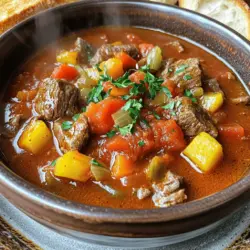


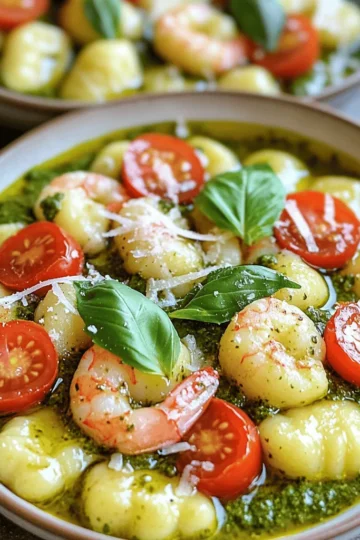

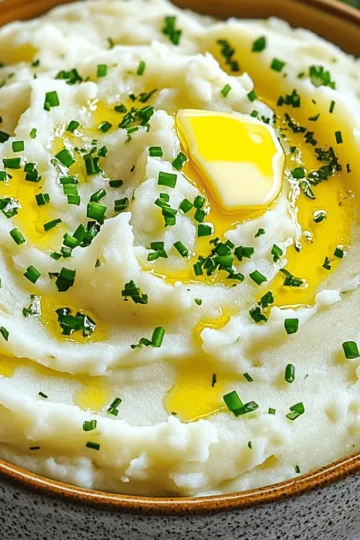
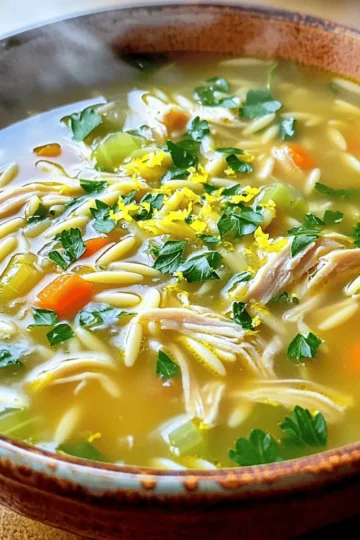
Leave a Reply